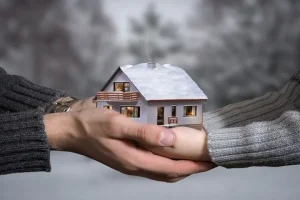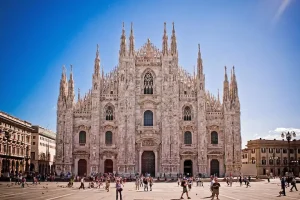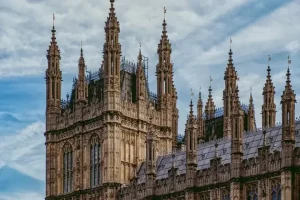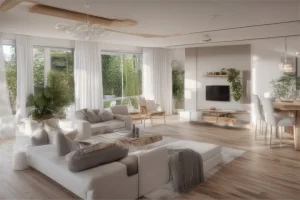Undoubtedly, you have seen beautiful plaster works in many old and even new houses. These works can be placed on the ceiling or on the surface of the wall. Plastering is one of the decorative arts that has been popular in Iran for a long time. This art creates beautiful patterns and designs on walls, ceilings and other surfaces using plaster and special tools. Plastering has played an important role in Iranian architecture and decoration and has added to the beauty and splendor of buildings. This art has played a major role especially in Iranian architecture and more in Iranian Islamic architecture. Iran has long had artists who created these beautiful works. Today, in this article, we are going to introduce and review the types of Iranian plastering. So stay with us.
What is plastering?
Plastering is creating beautiful patterns and designs on the plaster surface. Gypsum is a white and soft substance obtained from the combination of lime and water. Plaster dries quickly and for this reason, plastering should be done quickly and carefully. You should also note that the plaster is away from water as much as possible. Because the infiltration of water into the plaster can seriously destroy it. Today, we see this decorative element in many places such as mosques, old palaces and some traditional restaurants and hotels. Many people are also interested in using this element in their homes. This is why we say that this element plays a huge role in Iranian style decoration.
The influence of plastering in Iranian architecture and decoration
Plastering has played an important role in Iranian architecture and decoration. This art has been used in various buildings including mosques, palaces, mansions and old Iranian houses. Plastering adds to the beauty and splendor of buildings and makes their interior more pleasant. It doesn’t matter if you have a building with a short or high roof. Using this element can give a beautiful effect to the environment. Of course, a specific style of plastering should be done in each environment. In fact, not all plaster models are suitable for every environment. Each environment requires its own style. In the next part of the article, we intend to introduce different styles of plastering to you dear ones. So follow us.
Types of Iranian plastering
Iranian plastering has different types, each of which has its own characteristics. So some of its types are:
Embossed plaster
In this type of plastering, designs and motifs emerge from the surface of the plaster. Embossed plaster is one of the most common types of Iranian plaster. This style can be seen in most environments. Maybe if you look at the ceiling or walls of your house right now, you will see the effect of this style. Great care must be taken in the implementation of this style. It is also important to protect it. Because a small damage on its surface can reduce the beauty of the whole effect.
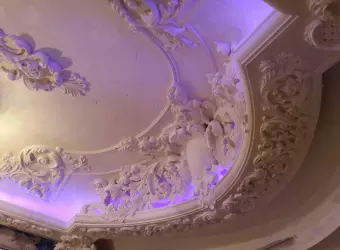
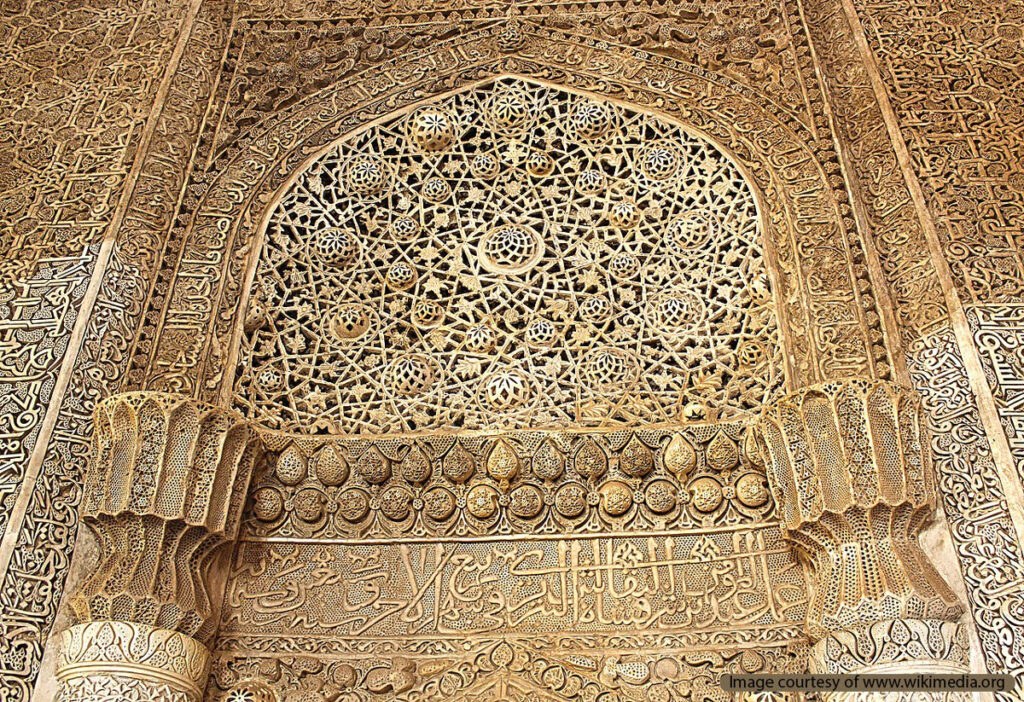
sudorific plaster
But let’s move on to another one of the most beautiful plaster models. In this type of plastering, pieces of colored plaster are used to create different designs. The translucent plaster has a beautiful and eye-catching effect and can be used to decorate many environments. This type of plastering is more sensitive to damage such as moisture and impact. For this reason, it should be taken care of more than before.
mesh plaster
But let’s talk about another one of these cases, which is used more in today’s world. In this type of plastering, plaster grids are used to create different designs. Lattice plaster has a modern and contemporary effect. In fact, if you intend to use plaster to decorate the walls in an environment with modern architecture and decoration, using this style is highly recommended.
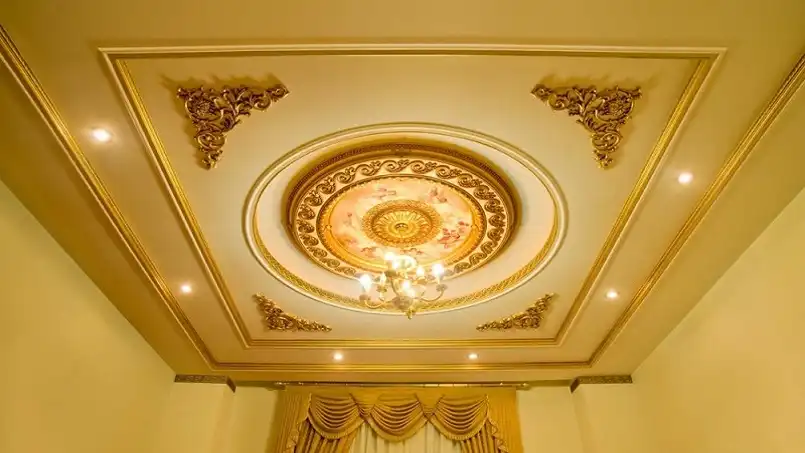
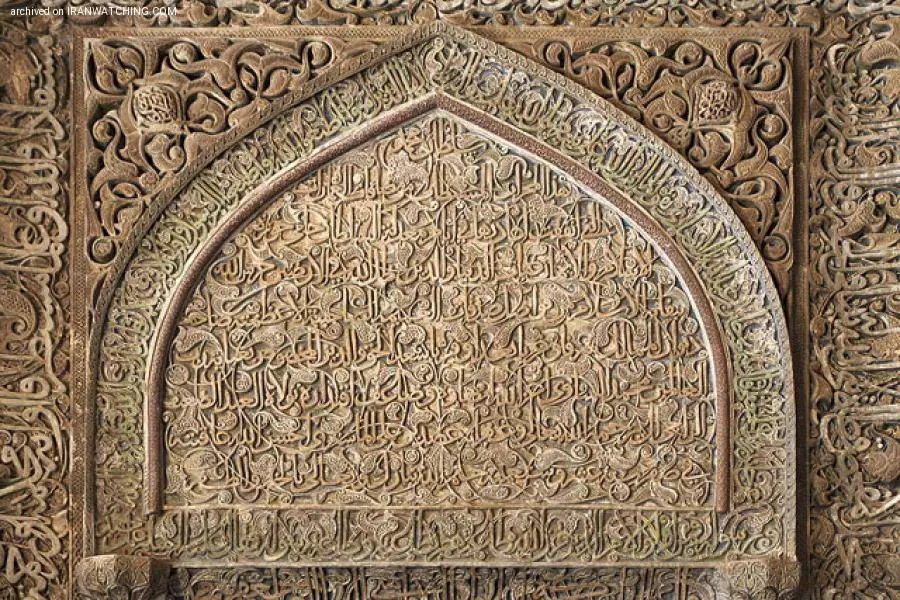
Slime plaster
In this type of plastering, slime motifs are used to create different designs. Slimi motifs are among the traditional Iranian motifs that have a beautiful and relaxing effect. The high sensitivity of making this model makes the owner of the project need to have this work done by a master.
plaster molds
Maybe this question will arise for you, how are these beautiful designs that are executed with plaster formed at all? The answer to this question is not very difficult. Plaster molds are used to create complex and delicate plaster designs. These molds are made using plaster and special tools. Patterned plaster molds play an important role in creating beautiful and eye-catching plaster designs. In fact, you should know that without using these pre-made templates, it will be very difficult to implement. So, for this reason, plasterers design and make the necessary molds before starting the project. Then they proceed to execute patterns on the wall. These molds are usually made of plastic or iron.
The best examples of Iranian plastering
In Iran, there are many examples that have a special place in terms of beauty and artistic value. Some of the best examples of Iranian plastering are:
The dome of Isfahan Jame Mosque
The dome of Jame Mosque in Isfahan is one of the masterpieces of Iranian stucco art. This dome has a unique effect with slime and flower and bush designs. This unique work was designed and executed during the Safavid era and is still standing today. The beautiful design of this work has made many people eager to see it.
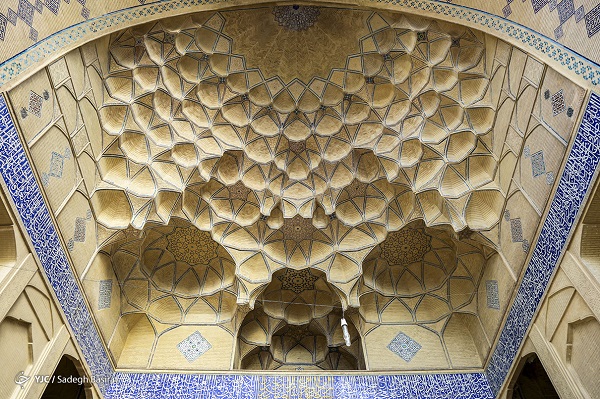
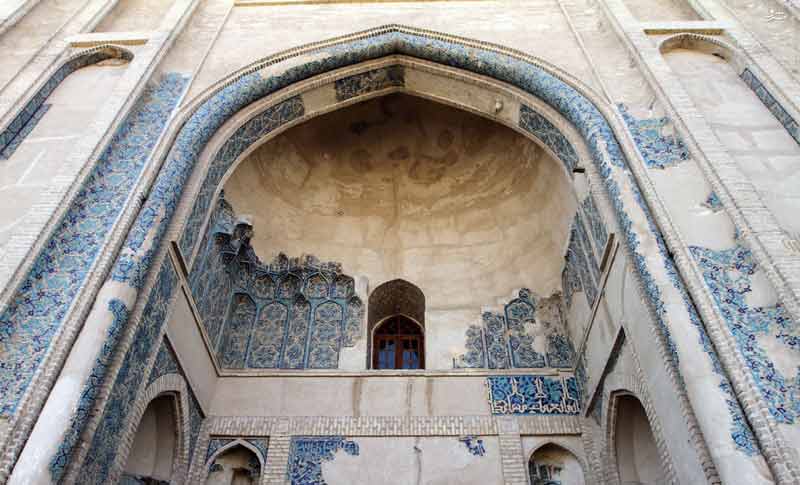
Varamin Grand Mosque
The mihrab of Jame Mosque in Varamin is another unique example of Iranian stucco. This altar has a beautiful and eye-catching effect with flower and bush designs and slime motifs. This work has made this mosque one of the special mosques in Iran.
The dome of Yazd Jame Mosque
The dome of Jame Mosque in Yazd is one of the oldest Iranian stucco works, dating back to the 7th century AH. This dome has a beautiful and magnificent effect with slim designs. Every year, many people travel to Yazd to visit this work of art.
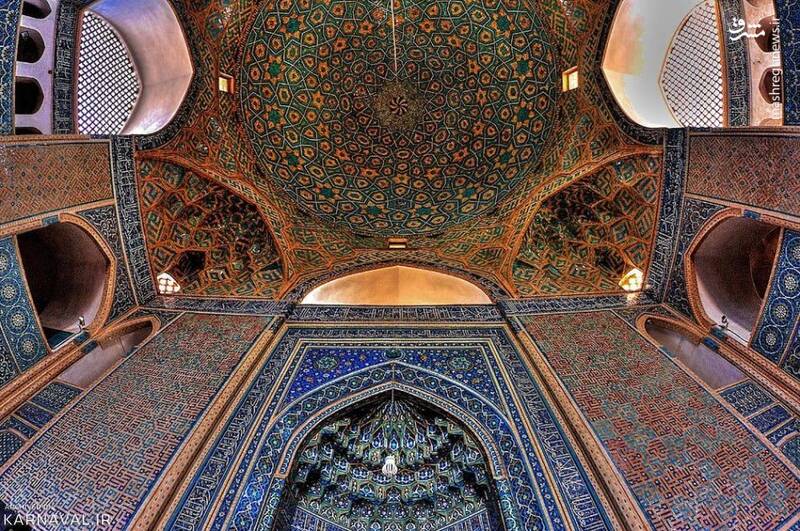
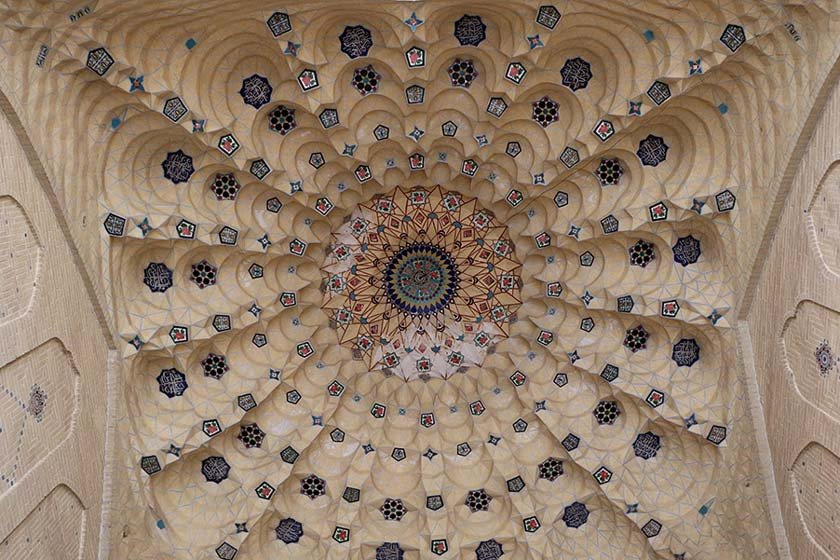
Old Grand Mosque of Shiraz
The Mihrab of the Atiq Jame Mosque in Shiraz is one of the beautiful and magnificent examples of Iranian stucco. This altar has a beautiful and eye-catching effect with slime designs and flowers and bushes. This extraordinary work was built in the Zandiyeh period in the capital of that period, Shiraz, and it still stands with the same grandeur.
You saw that in this article we introduced and reviewed the types of plastering in Iranian architecture. As one of the oldest countries, Iran has a rich architectural history. There have always been many artists, professors and designers from the beginning who recorded lasting works with the taste of their art. But plastering is one of the original and traditional Iranian arts that has a long history. This art has played an important role in Iranian architecture and decoration and has added to the beauty and splendor of buildings. But the implementation of this work in interior decoration can give a new effect to any environment. Plaster has the ability to use other elements of decoration on it, such as thermowall, wooden wall coverings, etc. But for more information and free consultation, contact the consultants of Ohaddeco Group.

